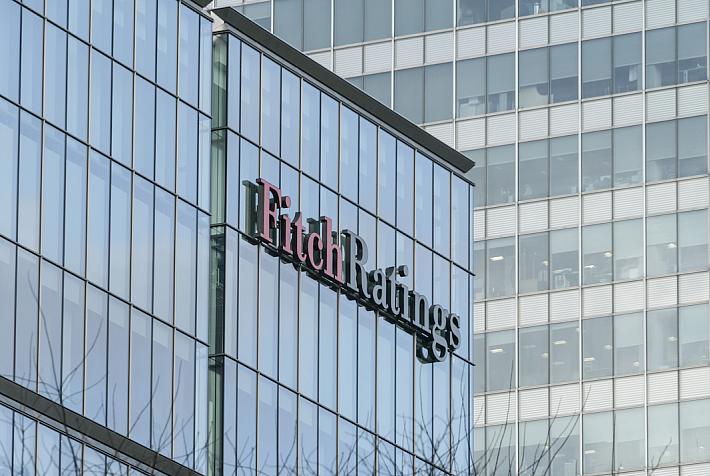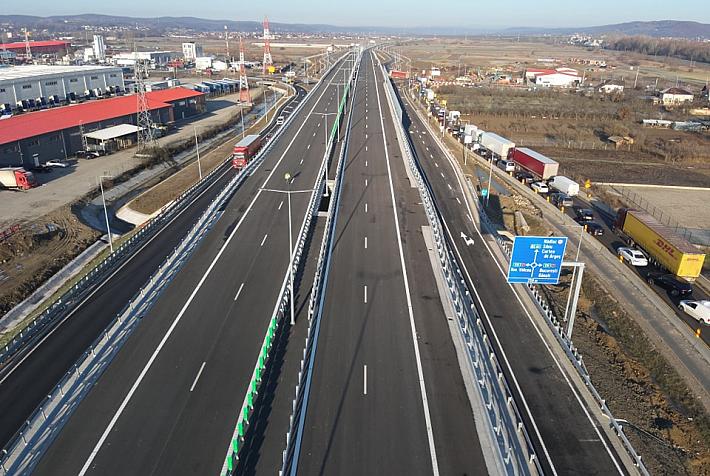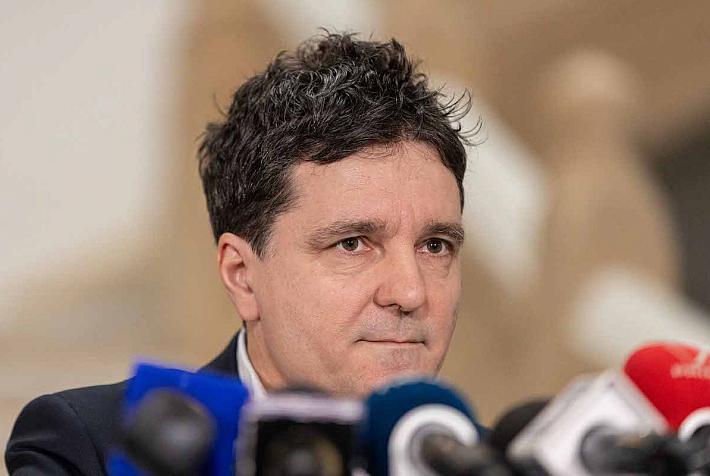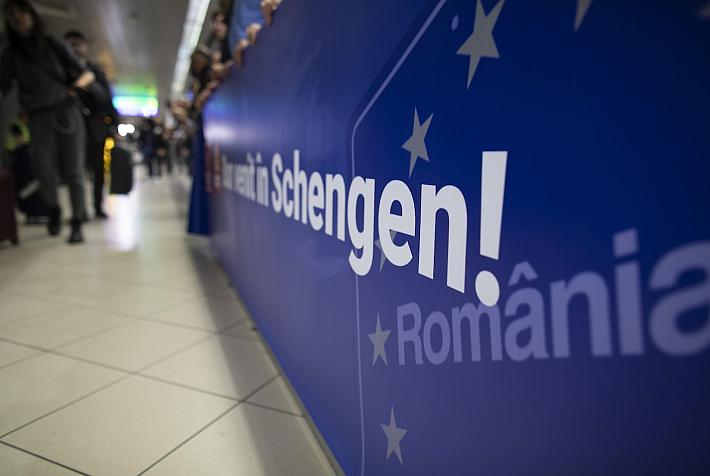Romanian central bank official admits rate cut in May "still uncertain"
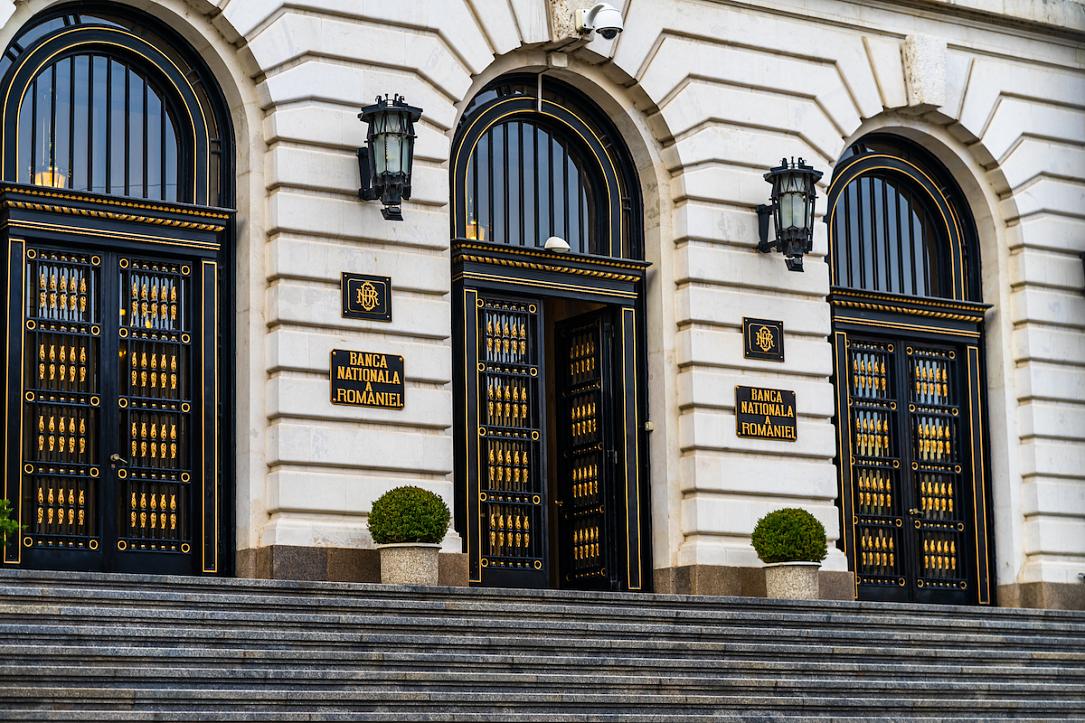
Romania's central bank may need more time before delivering the first reduction in borrowing costs in more than three years as inflation isn't slowing as fast as expected and risks remain elevated, Cristian Popa, a member of the Board of Administration of the National Bank of Romania, told Bloomberg.
"At this moment, it is not at all clear whether the conditions will allow the start of the normalization process in May," said Cristian Popa.
Policymakers in Bucharest, who have kept the benchmark rate at 7% for over a year, signaled in February that they would likely join regional peers in easing monetary policy as early as May. However, the central bank's latest statement showed that price growth will likely decline slower than previously expected this year.
"A second consecutive month of disinflation in March thus does not seem a sufficient condition to create the circumstances for the beginning of the rate-cut cycle in Romania for a multitude of reasons," we said on April 5 after the latest monetary policy board announced its decision maintaining low clarity over the rate cut broadly seen as imminent.
The reasons expressed by BNR for possibly deferring the rate cut are both domestic (very high fiscal uncertainty) and external (regional but also global monetary stance, among many others). BNR mentions medium-run factors such as the future fiscal corrective measures (largely expected for 2025) under the excessive deficit procedure to capture the multitude of risks that may arise.
Further deferring until after the May policy meeting the rate-cut cycle that already seems of a smaller magnitude than initially expected at the end of last year is an increasingly reasonable option for the National Bank of Romania unless some highly unexpected triggering factors occur in the meantime.
Romanian finance minister Marcel Bolos, in a rather unexpected comment on April 7, announced a year-end inflation target of 4.4%, compared to the 4.7% estimate of the BNR, and said that "we, through the monetary policy we have, will basically maintain the interest rate policy [that we have in place] at the moment."
"Perhaps tempering consumption is a solution to stabilize and continue the deflationary process," minister Bolos said.
The headline inflation in Romania dropped from 7.2% y/y in February to 6.6% y/y in March – 0.2 percentage points (pp) below the Bloomberg median but still 1pp above the central bank's (BNR's) target, which is broadly seen as opening the door for the first rate cut in Romania after BNR kept the policy rate at 7% for more than a year.
iulian@romania-insider.com
(Photo source: Vlad Ispas/Dreamstime.com)









